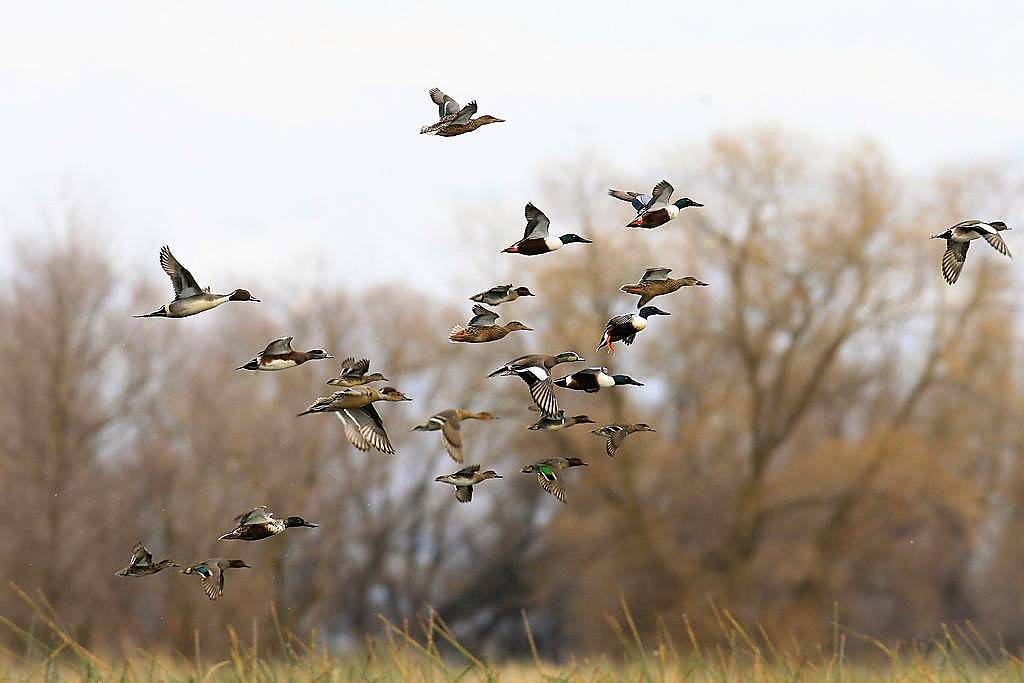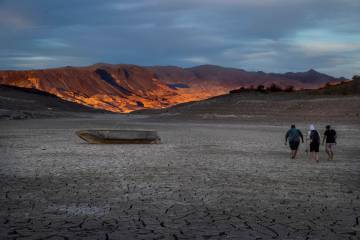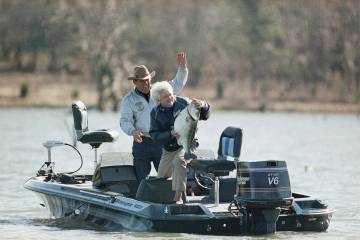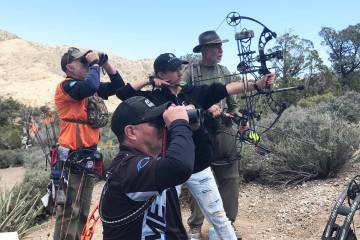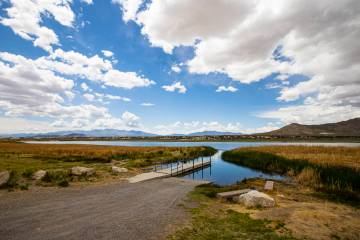Despite COVID-19, bird hunters should have a good year
If 2020 were a normal year, waterfowl hunters would be able to do a quick Internet search and find a complete version of the annual Waterfowl Population Status Report published by the U.S. Fish Wildlife Service (FWS).
This report is a compilation of the most current information available about waterfowl breeding populations and production in North America and provides hunters with an idea of what they might see when the waterfowl season opens in their part of the country.
It is the result of a cooperative effort that includes the results of multiple surveys and contributions from the Canadian Wildlife Service, various state and provincial conservation agencies and private conservation organizations as well as the FWS.
But 2020 has been anything but normal, and that is reflected in the information that is and is not included in the current version of the report. You will find some information about geese and swan numbers, but notably absent is any data about ducks. Another victim of COVID-19.
Because of the pandemic, the report’s executive summary said most migratory breeding surveys conducted by the U.S. Fish and Wildlife Service, Canadian Wildlife Service and US Geological Survey, as well as state and provincial agencies, were canceled in spring 2020.
“We therefore present no status information on any duck species as all the estimates or indices for ducks rely on these surveys,” the executive summary stated. “We refer the reader to the 2019 Waterfowl Status report for more detailed historical data.”
Luckily, the 2019 report included good news for duck hunters, and it is that report that was “intended to aid the development of waterfowl harvest regulations in the United States for the 2020–2021 hunting season.”
The total duck population was estimated at 38.9 million birds in the traditional survey area. Though that estimate revealed a six percent drop in bird numbers from 41.2 million in 2018, the overall population was still 10 percent higher than the long-term average from 1955-2018.
The mallard population was estimated to be 9.4 million birds, 19 percent higher than the long-term average and statistically equal to the 2018 estimate of 9.3 million. Since mallards are the most common duck bagged by Nevada hunters, according to the FWS report on Migratory bird hunting activity and harvest for 2018 and 2019, that trend is good news.
During the 2018 season, Nevada hunters harvested 19,429 mallards, 42 percent of the approximately 46,300 birds taken that year. In 2019, mallards accounted for 13,252 of the 42,300 ducks harvested. During those hunting seasons, duck hunters spent 21,100 and 20,300 days afield respectively and harvested an average of 13.7 and 10.8 birds per hunter in each of those years.
After mallards, the three most common duck species bagged by Nevada hunters are green-winged teal, gadwall and wigeon. The 2019 Waterfowl Population Status notes the population of each of these species is above the long-term average – green-winged teal 47 percent, gadwall 61 percent and wigeon 8 percent. The remainder of the harvest in 2018 and 2019 was made up of 12 additional species though in much smaller numbers.
When it comes to geese, Nevada hunters saw a significant increase in the number of birds harvested over the past two hunting seasons, though they only reported taking two species, Canada and Snow geese. In 2018, hunters took an estimated 2,600 geese – 2,475 Canada geese and 99 Snows. In 2019, the harvest more than doubled to 6,800 geese. That year the harvest included 6,625 Canada geese and 138 Snows.
If bird numbers follow a pattern similar to the past two years, hunters should expect another good year. However, since we have been very dry in Southern Nevada, they are sure to see some reduction in the number of resident birds available at the start of the season.
Hunters should keep in mind that waterfowl season stretches beyond the New Year, so there is plenty of time to put some birds in the freezer. It will just take some time in the field. Darn the bad luck.
Freelance writer Doug Nielsen is a conservation educator for the Nevada Department of Wildlife. His “In the Outdoors” column is not affiliated with or endorsed by the NDOW. Any opinions he states in his column are his own. Find him on Facebook at @dougwritesoutdoors. He can be reached at intheoutdoorslv@gmail.com



